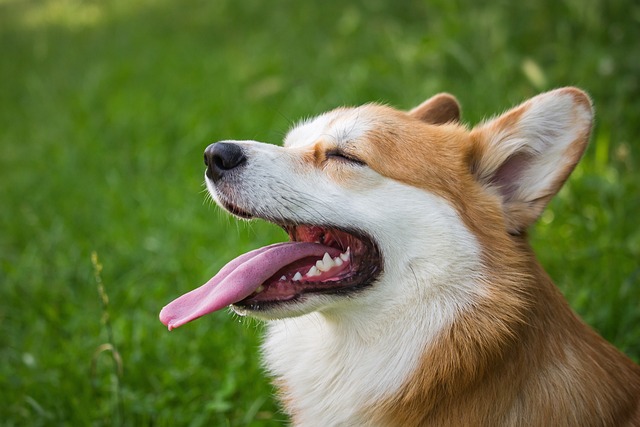
How can I tell if my dog's heatstroke is serious
Let’s be real: It’s a sticky August morning in Los Angeles, and you took your 2-year-old Golden Retriever, Max, for a walk a little later than usual
Most dogs start showing improvement within 24 to 48 hours after tooth extraction, but full recovery often takes 2 to 4 weeks. During the first day, you’ll likely notice less interest in food—this is normal, but offer soft, vet-approved meals like canned pumpkin or boiled chicken to keep them hydrated. Remember, in many U.S. states and EU countries, you must keep your dog’s medical records (including extraction notes) on hand for compliance checks, especially if you travel with your pet.
The first week is critical for healing. Your dog might avoid hard toys or chews, a natural behavior to ease pain—don’t push them to eat crunchy kibble yet. Watch for signs like excessive drooling or swelling, which could signal issues. In places like California or Germany, vets are required to report post-surgery complications, so contact yours immediately if you see red flags. This isn’t just about care—it’s part of following local animal welfare laws.
 By the second week, most dogs resume regular eating, but their gums may still look pink or tender. Stick to the vet’s aftercare plan: no grooming around the mouth, and avoid letting them lick the area. For example, in the UK, pet owners must ensure their dog’s post-op care doesn’t violate public health rules (like preventing infection spread). Brushing can wait until the vet gives the okay—rushing this could disrupt healing.
By the second week, most dogs resume regular eating, but their gums may still look pink or tender. Stick to the vet’s aftercare plan: no grooming around the mouth, and avoid letting them lick the area. For example, in the UK, pet owners must ensure their dog’s post-op care doesn’t violate public health rules (like preventing infection spread). Brushing can wait until the vet gives the okay—rushing this could disrupt healing.
Older dogs or those with health issues (like diabetes) might take an extra week to recover. Their immune systems work slower, so monitor blood sugar if needed and keep follow-up appointments. In Canada, some provinces mandate proof of pain management (like prescribed meds) to ensure ethical care—never give human painkillers, as they’re toxic to dogs and break legal guidelines.
Proper care cuts recovery time: clean the mouth gently with a warm cloth, and keep them calm (no intense walks for 10 days). A common mistake? Letting dogs chew on sticks or bones too soon—this can dislodge stitches. In Australia, failing to provide adequate post-op care could lead to fines under animal protection laws. Always follow your vet’s advice to stay compliant and help your dog heal.
By the 3-4 week mark, most dogs are back to their usual selves—playing, eating, and grooming normally. Schedule a final checkup to confirm the gums are fully healed. Remember, keeping detailed records of the extraction and recovery isn’t just a legal requirement in many regions; it also helps vets spot future dental issues early. With patience and proper care, your dog will bounce back quickly from tooth extraction.

Let’s be real: It’s a sticky August morning in Los Angeles, and you took your 2-year-old Golden Retriever, Max, for a walk a little later than usual

You're enjoying a summer afternoon at the park when you notice your dog has stopped panting and appears disoriented - their gums are bright red

Let’s paint the picture: You’re in your Denver apartment, watching your 4-year-old Boston Terrier, Ruby, plop down mid-play session with her favorite toy

Many dog owners notice their pets nails seem shorter after regular walks,but how much does this daily activity actually help?The answer depends on where you walk—concrete sidewalks or asphalt streets gently file nails as a dog's paws hit the ground

Most dog owners notice their pup scooting across the carpet at some point, but few connect it to impacted anal glands. These small sacs near a dog’s rectum secrete a scent for marking territory

Most vets agree that regular dog teeth cleaning is key to avoiding painful dental issues later. For healthy adult dogs, a professional cleaning at the vet’s office every 12 to 18 months usually works well.